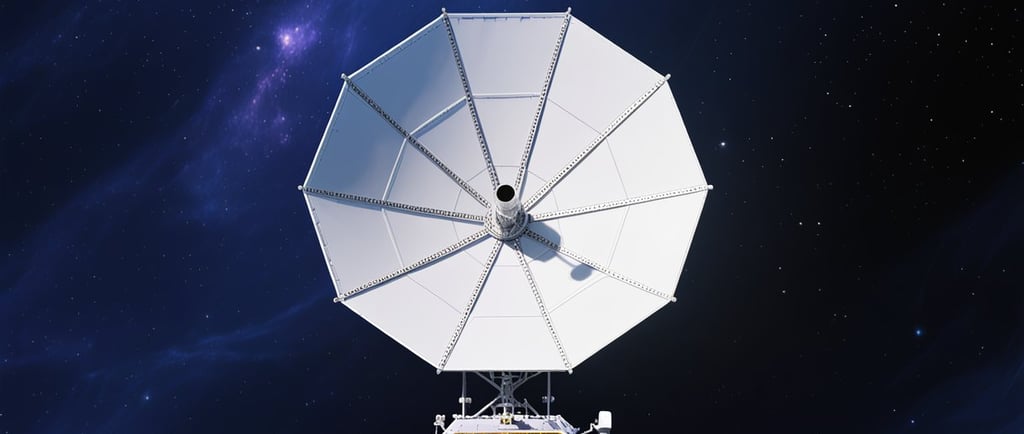The Euclid Mission: Unveiling the Cosmos


Introduction to the Euclid Mission
The European Space Agency's (ESA) Euclid mission has made a significant breakthrough in astrophysics by releasing its first data, capturing stunning images of 26 million galaxies that span across 10 billion years of cosmic history. Launched with the ambitious goal to deepen our understanding of the universe, Euclid aims to unravel the enigma surrounding dark matter and dark energy—two of the most fundamental components that shape our cosmos.
What We Know So Far
Euclid’s data consists of high-resolution images that provide an unprecedented look at galaxies formed over billions of years. This expansive dataset is a result of careful observation and advanced technology, reflecting the ESA's commitment to exploring the universe's evolution. Scientists believe that by studying these galaxies and their evolution, we can begin to understand the underlying mechanics of dark matter, which is believed to account for a significant portion of the universe's mass, yet remains elusive and undetectable by traditional means.
The Importance of Dark Matter and Dark Energy
Dark matter and dark energy play a crucial role in the universe's structure and expansion. Dark matter serves as the unseen glue that holds galaxies together, while dark energy is thought to be responsible for the accelerated expansion of the universe. Understanding these components is essential for answering some of the most profound questions about the origins and fate of the cosmos. With Euclid's extensive dataset, researchers are presented with an invaluable opportunity to cross-validate existing theories and potentially formulate new ones regarding how these cosmic forces interact.
The implications of the findings are vast, potentially reshaping our comprehension of universal evolution and providing new insights into fundamental physics. This mission not only enhances our knowledge but also ignites curiosity and encourages continued exploration within the scientific community.
Future Endeavors
As the Euclid mission progresses, expectations are high for the resolution of existing mysteries that have puzzled astronomers and physicists alike. With each new set of data collected, the picture of the universe becomes clearer, offering fresh perspectives on both dark matter and dark energy. Future analyses are poised to include comparisons with other celestial observations, leading to a more holistic understanding of the cosmos.
In conclusion, ESA's Euclid mission marks a cornerstone in the quest to unlock the secrets of the universe. The release of this initial data is just the beginning, and as scientists delve deeper into the intricate tapestry of 26 million galaxies, we eagerly anticipate the revelations that await. The study of dark matter and dark energy has never been more exciting, and with Euclid paving the way, the future of cosmology shines brighter than ever.
